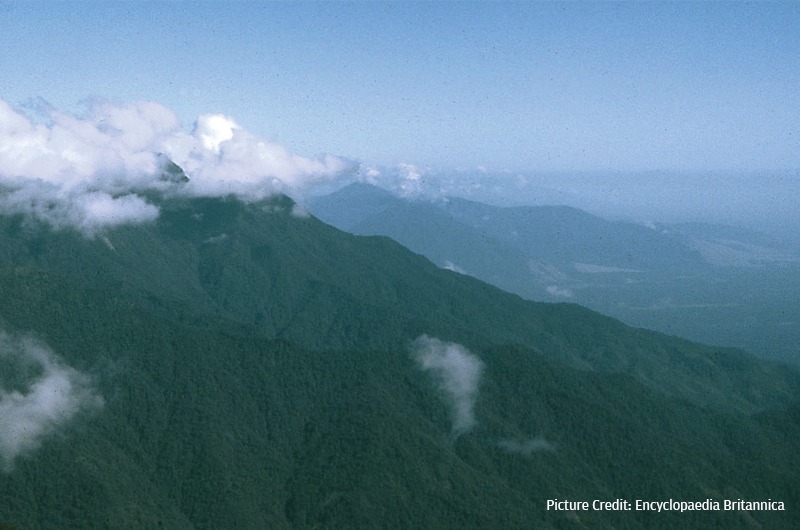Bustling at the seams with abundant fauna and flora, New Guinea, is popularly called the Paradise Island. The island is acknowledged as a centre of biological diversity in the world. New Guinea houses some of the planet’s unspoilt ecosystems which include extensive Tropical rainforest, Alpine grasslands, and coastal mangroves.
The Paradise Island, world’s largest tropical island, has the greatest diversity of plants discovered by botanists on any island around the globe. According to the first complete catalogue of plants published in Nature, this Island is abundant in flora, with over 13,000 species found in New Guinea alone. This includes certain extremely rare species that exist only on these islands, amounting to about two-thirds of the distinctive plant varieties that are not found anywhere else in the world.
The vast and broken tracts of rainforest make New Guinea a treasure house of plant species that need to be identified and protected. Dr Rodrigo Camara-Leret from the University of Zurich, Switzerland said that the flora on this island “has remained scattered for years, limiting research in this mega-diverse area.” Dr Tim Utteridge of the Royal Botanic Gardens, Kew exclaimed, “We have a real responsibility to conserve this unique plant life.”
For this purpose, he said, that identification and nomenclature of these plants is the primary step in their conservation as they are “one of the last knowns for science.” He also added that the loss of these plants would amount to a permanent effacement of these species from the face of earth, as no other place but this Island hosts the unique varieties.
The endeavour to identify and name plant species on this Island dates back to the 17th century. Large amounts of samples were collected from New Guinea and preserved in numerous herbaria throughout the world. It is only now that the botanist from Royal Botanic Gardens, Kew, along with specialists in 19 other countries, have been able to assimilate all the data and information in the form of an exhaustive archive, akin to the data prepared for the Amazon forests.
Out of the 704,000 specimens, the data revealed by researchers testified the identification of over 23,000 plant names in the island. It also shows that a total of 68% of plants are unique to only New Guinea. Large varieties of plant species, genera and families found on this island far exceed those which have been identified till date on any other islands, including Madagascar and Borneo.
The findings show that 20% of the flora in Papua New Guinea and 17% of that in Indonesian New Guinea is formed of orchids. There are 29% of tree species in New Guinea, which is 2.6 times more than that found in the Amazon, an expanse 6.4 times larger than this island. Certain rare species that have never been elucidated upon before, found on this island, include scarce rhododendrons and begonia.
This data is of immense use to the world in order for the conservation of plant species found here. The International Union for Conservation of Nature (IUCN), requires the names of plants along with their geographic distribution in order to make assessments for their conservation. The data will also help the IUCN to compile the official Red List of threatened species and chalk out a plan for their conservation.
According to the experts, in the coming 50 years, approximately 4,000 more species of flora can be expected to be added to the already existing list of 2,812 new species that have been recorded and published from New Guinea since 1970. This makes Paradise Island an indispensable agglomeration of biodiversity that requires unswerving research and tireless discovery, nomenclature, indexing and conservation efforts.









